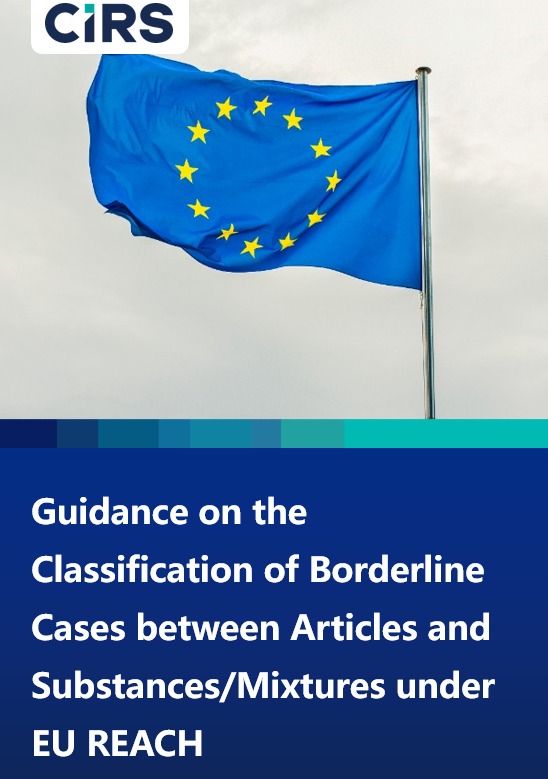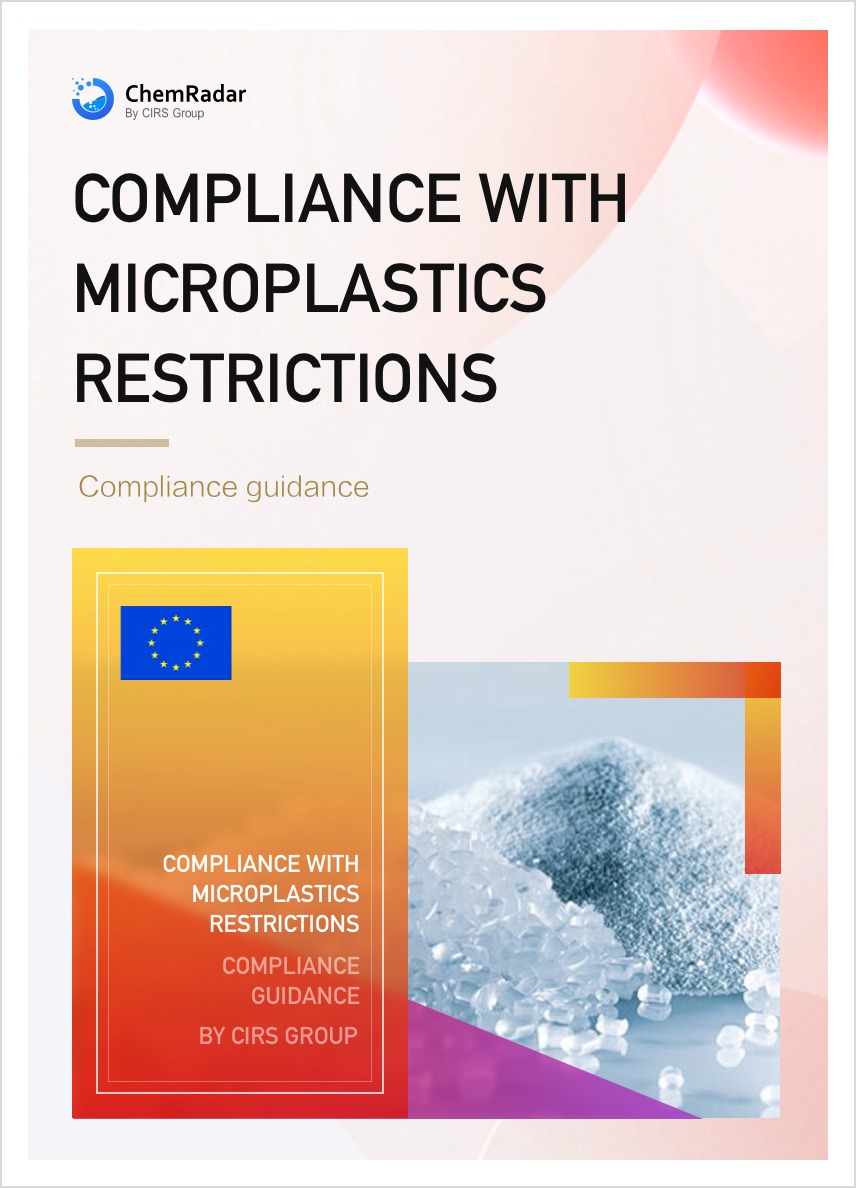On August 27, 2025, the European Chemicals Agency (ECHA) announced updated progress on the EU’s proposed restriction on per- and polyfluoroalkyl substances (PFAS). According to the latest timeline, the full scientific evaluation of the restriction proposal is expected to conclude by the end of 2026, paving the way for the European Commission to enact legislation that would comprehensively limit the production and use of over 10,000 PFAS chemicals.
Background of the Assessment
Since March 2023, ECHA’s Committee for Risk Assessment (RAC) and Committee for Socio-Economic Analysis (SEAC) have been evaluating a joint PFAS restriction proposal submitted by Denmark, Germany, the Netherlands, Norway, and Sweden. The proposal covers more than 10,000 PFAS substances and 14 key application sectors, including electronics manufacturing, medical devices, textiles, and other critical industries.
Following a six-month public consultation, ECHA received approximately 5,600 stakeholder comments. Based on this feedback, the proposing countries systematically revised industry-specific data and submitted a finalized Background Document on June 24, 2025. The document now includes analyses of eight additional sectors, expanding the scope of regulation to 22 sub-sectors. However, due to the sheer scale of the assessment, RAC and SEAC opted not to conduct separate evaluations for the newly added sectors to avoid delaying the original 2026 target for finalizing their opinions.
Next Steps
Under the revised timeline:
- RAC and SEAC will conclude technical discussions on the original 14 sectors and cross-cutting issues by the end of 2025.
- In the first half of 2026, SEAC will launch a second public consultation on the draft socio-economic impact analysis.
- The committees aim to submit their final joint opinion to the European Commission within 2026.
ECHA emphasized that while the eight new sectors will not undergo standalone evaluations, they will still be integrated into the regulatory framework through horizontal risk management measures, such as PFAS management plans, environmental emission limits, and mandatory reporting systems. The original 14 sectors, combined with PFAS production, already account for over 90% of PFAS emissions and usage in the EU.
In its Chemical Industry Action Plan released on July 8, 2025, the European Commission reaffirmed its commitment: “Upon receiving ECHA’s final opinion, we will swiftly propose legislation to minimize PFAS emissions to the greatest extent possible.” The Commission will then draft the PFAS restriction legislation based on ECHA’s conclusions, with a vote by EU member states and the European Parliament anticipated in early 2027. If adopted, global supply chains could face significant adjustments to comply with the new rules.
Further Information




